D(-)-Arginine
Synonym(s):(R)-2-Amino-5-guanidinopentanoic acid
- CAS NO.:157-06-2
- Empirical Formula: C6H14N4O2
- Molecular Weight: 174.2
- MDL number: MFCD00063116
- EINECS: 205-866-5
- SAFETY DATA SHEET (SDS)
- Update Date: 2025-09-20 20:09:13
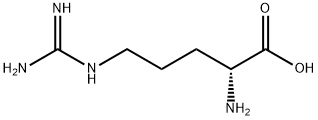
What is D(-)-Arginine?
Description
D-arginine is the D-form of arginine, which is a kind of amino acids. It can be reacted with hydrogen peroxide for non-enzymatic synthesis of nitric oxide. It has certain pharmacological activities. For example, its derivative, 1-deamino-8-D-arginine vasopressin is useful for the management of haemophilia and von Willebrand’s disease. It also has the potential to inhibit the proliferation of certain cancer cells. In biological research, D-arginine is frequently used in the studies of L-arginine/nitric oxide pathway as an inactive form of L-arginine.
Chemical properties
white to light yellow crystal powde
The Uses of D(-)-Arginine
Arginine is an essential amino acid found in food and plant sources, and many biological systems.
D-Arginine is extensively used in studies on L-arginine/nitric oxide pathway as an inactive form of L-arginine, even in man.
D-Arginine is slightly soluble (in water) and a moderately acidic compound (based on its pKa). D-Arginine can be found in human epidermis and platelet tissues. Within the cell, D-arginine is primarily located in the peroxisome. D-Arginine specifically can inhibit arginine decarboxylase enzymes and also functions as a metabolite.
The Uses of D(-)-Arginine
1-Deamino-8-D-arginine vasopressin makes a new pharmacological approach to the management of haemophilia and von Willebrand's disease. A novel nonenzymatic pathway for the generation of nitric oxide is by the reaction of hydrogen peroxide and d- or l-arginine.
Definition
ChEBI: A D-alpha-amino acid that is the D-isomer of arginine.
References
https://www.alfa.com/zh-cn/catalog/A16137/
Iannucci, N. B., et al. "Antiproliferative effect of 1-deamino-8-D-arginine vasopressin analogs on human breast cancer cells." Future Medicinal Chemistry 3.16(2011):1987-1993.
Ripoll, Giselle, et al. "Angiostatic activity of 1-Deamino-8-D-Arginine vasopressin and novel peptide analogues in breast cancer cells." Cancer Research 68(2008).
Navarro, Eduardo, et al. "Toxicological and Pharmacological Effects of D-Arginine." Basic & Clinical Pharmacology & Toxicology97.3(2005):149-154.
Properties of D(-)-Arginine
| Melting point: | 226 °C (dec.) (lit.) |
| Boiling point: | 305.18°C (rough estimate) |
| alpha | -28.5 º (c=8, 6 N HCl) |
| Density | 1.2297 (rough estimate) |
| refractive index | -23 ° (C=8, 6mol/L HCl) |
| storage temp. | Keep in dark place,Inert atmosphere,Room temperature |
| solubility | Aqueous Acid (Slightly), Water (Slightly) |
| form | Solid |
| pka | 2.49±0.24(Predicted) |
| color | White to Off-White |
| Water Solubility | SOLUBLE |
| Sensitive | Air Sensitive |
| BRN | 1725412 |
| CAS DataBase Reference | 157-06-2(CAS DataBase Reference) |
| EPA Substance Registry System | D-Arginine (157-06-2) |
Safety information for D(-)-Arginine
| Signal word | Warning |
| Pictogram(s) |
 Exclamation Mark Irritant GHS07 |
| GHS Hazard Statements |
H319:Serious eye damage/eye irritation |
| Precautionary Statement Codes |
P264:Wash hands thoroughly after handling. P264:Wash skin thouroughly after handling. P305+P351+P338:IF IN EYES: Rinse cautiously with water for several minutes. Remove contact lenses, if present and easy to do. Continuerinsing. P337+P313:IF eye irritation persists: Get medical advice/attention. |
Computed Descriptors for D(-)-Arginine
| InChIKey | ODKSFYDXXFIFQN-SCSAIBSYSA-N |
New Products
4,4-Difluoropiperidine hydrochloride tert-butyl 9-methoxy-3-azaspiro[5.5]undecane-3-carboxylate Indole Methyl Resin N-Isopropylurea N,N-Dicyclohexylcarbodiimide(DCC) MELDRUMS ACID 5-METHYLISOXAZOLE-4-CARBOXYLIC ACID Magnessium Bis glycinate Zinc ascorbate 1-bromo-2-butyne 2-acetamidophenol 9(10H)-anthracenone Erythrosin B, 4-Piperidinopiperidine 2-((4-morpholinophenylamino) (methylthio) methylene) malononitrile 2,4-dihydroxybenzaldehyde 3-(4-morpholinophenylamino)-5-amino-1H-pyrazole-4-carbonitrile Methyl 2-methylquinoline-6-carboxylate 2,6-dichloro-4-nitropyridine 4-Bromo-2-chlorobenzonitrile 2-(benzylamino)acetic acid hydrochloride 4-(tert-Butoxycarbonylamino)but- 2-ynoic acid 3,4-dihydro-2H-benzo[b][1,4]dioxepine 1-Phenyl-1-cycloprppanecarboxylicacidRelated products of tetrahydrofuran
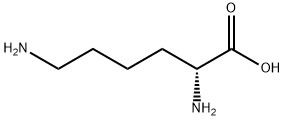
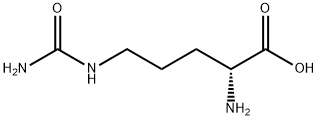

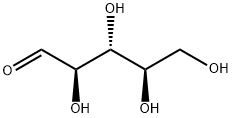

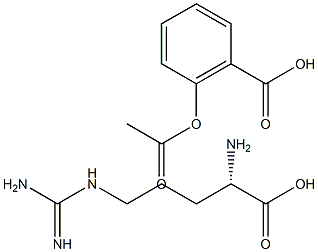
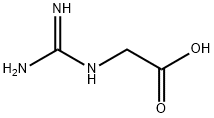

You may like
-
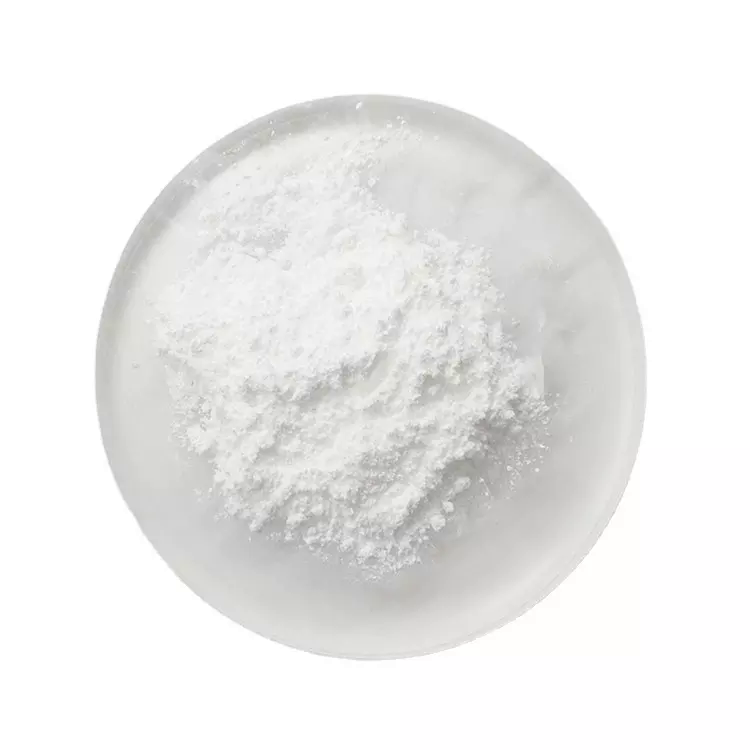 157-06-2 D-Arginine, 98% 98%View Details
157-06-2 D-Arginine, 98% 98%View Details
157-06-2 -
 D-Arginine, ≥98% (TLC) CAS 157-06-2View Details
D-Arginine, ≥98% (TLC) CAS 157-06-2View Details
157-06-2 -
 D-Arginine (free base) extrapure CHR CAS 157-06-2View Details
D-Arginine (free base) extrapure CHR CAS 157-06-2View Details
157-06-2 -
 D-(-)-Arginine CAS 157-06-2View Details
D-(-)-Arginine CAS 157-06-2View Details
157-06-2 -
 D-Arginine 98% CAS 157-06-2View Details
D-Arginine 98% CAS 157-06-2View Details
157-06-2 -
 D-Arginine CAS 157-06-2View Details
D-Arginine CAS 157-06-2View Details
157-06-2 -
 20677-73-0 (2,2-diethoxyethyl)methylamine 98%View Details
20677-73-0 (2,2-diethoxyethyl)methylamine 98%View Details
20677-73-0 -
 3-(4-(hydroxyamino)-1-oxoisoindolin-2-yl)piperidine-2,6-dione 98%View Details
3-(4-(hydroxyamino)-1-oxoisoindolin-2-yl)piperidine-2,6-dione 98%View Details
